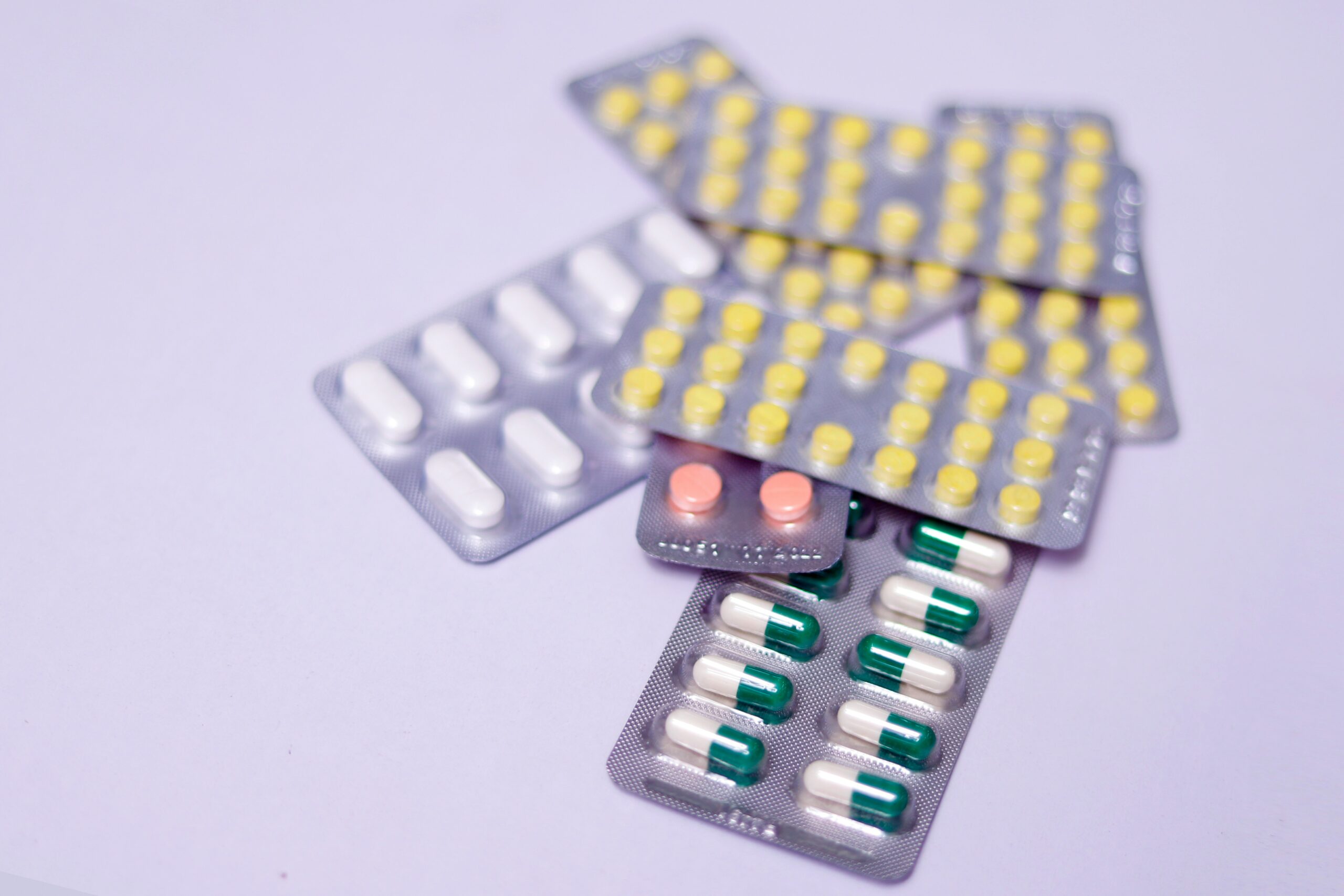Hormone Replacement Therapy (HRT) is a widely used treatment for managing menopausal symptoms and protecting long-term health. For women with an intact uterus, combining oestrogen therapy with a progestogen is essential to prevent endometrial hyperplasia and reduce the risk of endometrial cancer. But how do we determine the right dose of progestogens in HRT? Let’s explore the latest recommendations and clinical considerations.

Progestogens, including natural progesterone and synthetic progestins, play a crucial role in counteracting the thickening effects of oestrogen on the endometrial lining. Without adequate progestogen, oestrogen can cause excessive growth of the endometrium, increasing the risk of cancer. That’s why getting the dosage right is vital for both safety and effectiveness.
Key Benefits of Progestogens in Menopause HRT
- Protects the endometrium from oestrogen-induced hyperplasia
- Reduces the risk of endometrial cancer
- Helps balance hormone levels for optimal symptom relief
- Available in multiple forms: oral, transdermal, and intrauterine
The appropriate dosage of progestogen depends on the type of HRT regimen—whether it’s sequential (cyclical) or continuous combined therapy.
Micronised Progesterone (Oral)
- Sequential Regimen: 200 mg at bedtime for 12-14 days per 28-day cycle
- Continuous Combined Regimen: 100 mg at bedtime daily
Medroxyprogesterone Acetate (MPA)
- Sequential Regimen: 10 mg daily for 10-14 days per 28-day cycle
- Continuous Combined Regimen: 2.5 mg daily
Norethisterone Acetate (NETA)
- Sequential Regimen: 1 mg daily for 10-14 days per cycle
- Continuous Combined Regimen: 0.5 mg daily
Levonorgestrel-Releasing Intrauterine System (LNG-IUS)
- Releases 20 mcg per day and provides endometrial protection for up to 5 years
How to Adjust Progestogen Dosage Based on Oestrogen Therapy?
The balance between oestrogen and progestogen is key to ensuring endometrial protection:
- Standard-dose oestrogen (e.g., estradiol 1 mg oral or 50 mcg transdermal patch) is well-matched with the progestogen doses listed above.
- Higher-dose oestrogen (>50 mcg transdermal patch or higher oral doses) may require an increased progestogen dose or closer monitoring to ensure adequate protection.
Choosing the Right Progestogen for HRT: Clinical Considerations
- Route of Administration: Oral, transdermal, and intrauterine options vary in absorption and effectiveness.
- Patient Tolerance: Some women experience side effects like mood changes, bloating, or breast tenderness, requiring dosage adjustments.
- Duration of Use: Long-term use of sequential therapy may slightly increase endometrial risk; continuous combined therapy is often preferred for prolonged use.
Final Thoughts on Progestogen Dosage in HRT
Finding the right dose of progestogens in HRT requires a personalised approach, considering oestrogen dose, patient tolerance, and treatment duration. Regular consultations with healthcare providers and adherence to updated clinical guidelines ensure safe and effective therapy.
For the latest updates and evidence-based recommendations on HRT, visit trusted sources such as the British Menopause Society or the NHS website.
Don’t forget to join us for our next online webinar on Women’s Health
